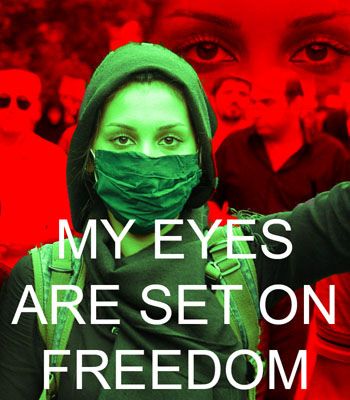
by Rene Wadlow
2015-04-15
15 April is the anniversary of the signing of the Roerich Peace Pact at the White House in Washington D.C. in 1935. Henry A. Wallace, then the US Secretary of Agriculture and later Vice-President signed for the USA saying "At no time has such an ideal been more needed. It is high time for the idealists who make the reality of tomorrow, to rally around such a symbol of international cultural unity. It is time that we appeal to that appreciation of beauty, science, education which runs across all national boundaries to strengthen all that we hold dear in our particular governments and customs. Its acceptance signifies the approach of a time when those who truly love their own nation will appreciate in addition the unique contribution of other nations and also do reverence to that common spiritual enterprise which draws together in one fellowship all artists, scientists, educators and truly religious of whatever faith."
Professor N.K. Roerich wrote from Tzagan Kure, Inner Mongolia where he was "This significant date should instill in all co-workers of the Pact still greater vigilance and perspicacity. Precisely perspicacity is necessary in the matter of safeguarding culture...We shall not tire of repeating that in addition to recognition by the government, active public participation is needed. Cultural values adorn and elevate all life, from small to great. Therefore an active care about them must be evidenced by all."
There are periods in the history of humanity when some great new ideas are introduced, beneficial for all. Such ideas mark the beginning of a new era with far-reaching effects, creating new conditions for cooperation. The Roerich Pact for the protection of the cultural heritage of humanity signed by 21 States in a Pan-American Union ceremony is such a sign of a new era which transcends all obstacles, prejudices and intolerances.
However, we must not overlook the obstacles. In looking at the book "The Roerich Pact and the Banner of Peace published in New York in 1947 which lists most of the newspaper articles written on the 1935 signature as well as the list of the members of committees working for the Pact, we see the absence of articles and committee members from Germany, Italy, Japan and the Soviet Union − States which would soon be involved in the Second World War during which many cultural treasures were destroyed.
Today, we also face the deliberate destruction of cultural heritage. We have seen in Afghanistan, the destruction of large Buddha statues − monuments that attested to the rich culture along the Silk Road. In northern Mali, we have seen the deliberate destruction of manuscripts in Timbuktu,dating from a time when Timbuktu was an important center of learning and communication between North and Sub-Saharan Africa. Even more recently, we have seen in Iraq the destruction of irreplaceable religious and cultural artifacts housed in the Mosul Museum and the burning of books and rare manuscripts. Archaeological sites in Iraq and Syria have also been deliberately destroyed.
Thus in our efforts to build an active defense of the cultural heritage of humanity we must make a concerted effort to reach the public and all those of good will in the Arab-Islamic world. For the moment, this is a zone going from Afghanistan through the wider Middle East to North Africa and then West Africa where the greatest dangers exist. There are persons of good will in all these countries working to protect cultural heritage, often working in conditions which put their lives in danger. We must build a wave of support for these protection efforts, especially so that people in war-torn areas are aware that others are concerned with their fate.
After the destruction of the Second World War, the newly created UNESCO continued these efforts to protect the cultural heritage of humanity, in particular the 1954 Hague Convention − "The Convention for the Protection of Cultural Property in the event of armed conflict".
Both the Roerich Pact and the Hague Convention hoped to have a universal symbol for protection of cultural heritage sites: the three magenta spheres on a white flag - a Banner of Peace − for the Roerich Pact and a double blue triangle representing a shield for the Hague Convention. The model in both cases was inspired by the red cross which the International Committee of the Red Cross and then national Red Cross societies have used to protect medical establishments and personnel. Neither the Banner of Peace nor the Blue Shields have become as widely known or used as the red cross.
Today, it is especially the spirit of the active defense of the cultural heritage of humanity which counts and which we must actively promote. Yet symbols are important as signs of a spirit and values, as the red cross has shown. For Nicholas Roerich the three-circle Banner had a deep significance. His hope was that "This sign, unfurled over all treasures of human genius, will say: Here are guarded the treasures of all mankind, here above all petty divisions, above illusory frontiers of enmity and hatred, is towering the fiery stronghold of love, labour and all moving creation." As he wrote on 15 April 1935 "Let the Banner wave over the hearth of Light, over sanctuaries and strongholds of beauty. The Banner is raised. In the spirit and in the heart it will not be lowered. By the luminous fire of the heart, the Banner of Culture will flourish. Light conquers darkness."
******************************
René Wadlow, president and a U.N. representative (Geneva) of the Association of World Citizens and editor of Transnational Perspectives.
Copyright mediaforfreedom.com


